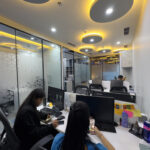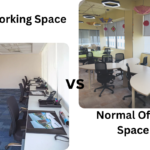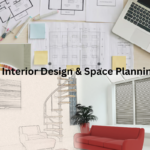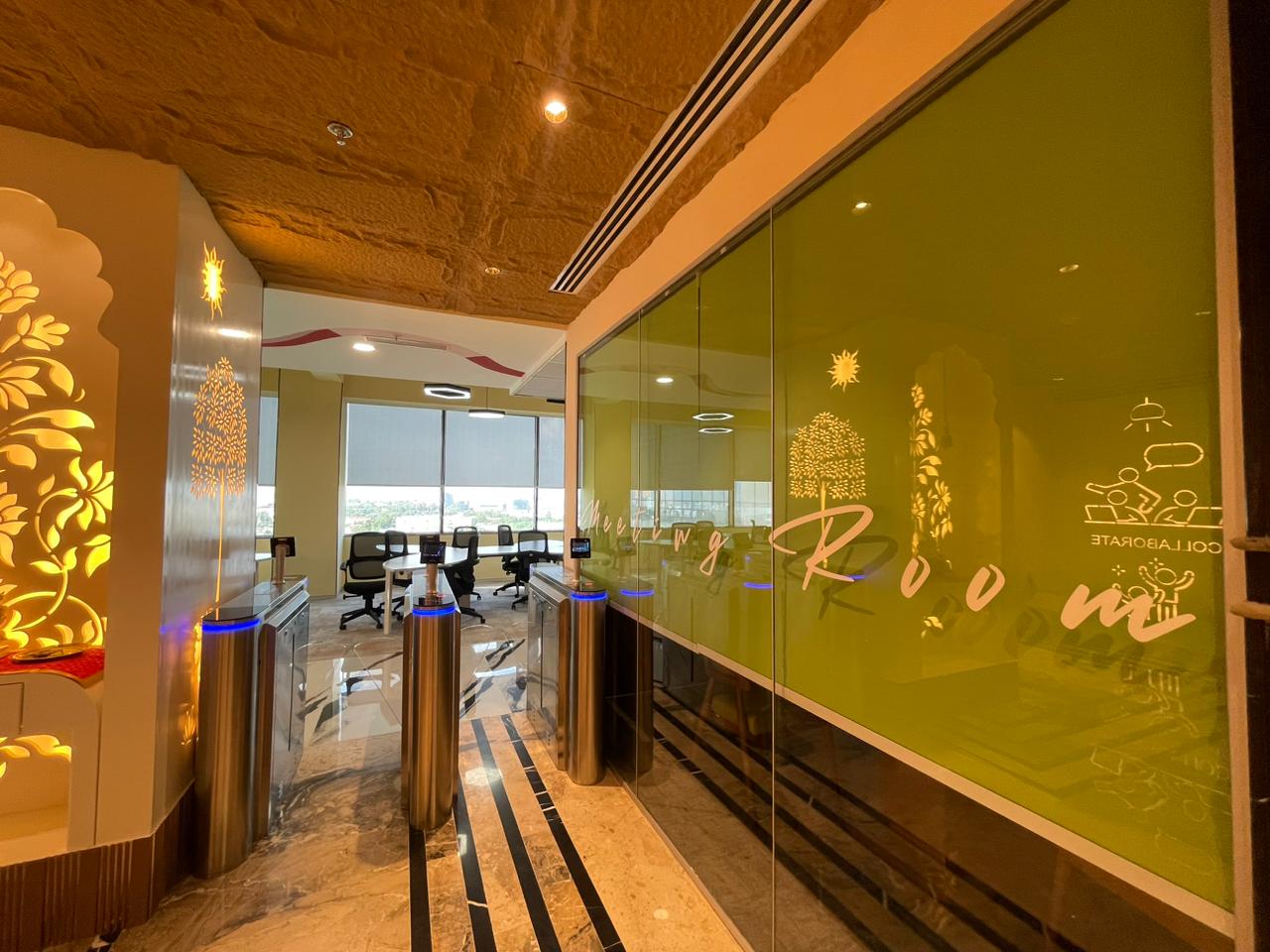In today’s fast-paced and dynamic business world, companies are recognizing the value of a well-designed workspace. Interior office design is no longer just about aesthetics; it plays a fundamental role in shaping employee behavior, satisfaction, and output. From layout and lighting to furniture and color schemes, every element of an office can influence how employees think, feel, and perform. As a result, employers are increasingly investing in their physical spaces to enhance employee performance and drive success.
Why Interior Office Design Is More Than Just Decor
The link between office design and productivity has been confirmed through various studies. Employees who work in visually appealing, organized, and comfortable environments tend to be more focused and engaged. Conversely, uninspiring or cramped offices can lead to fatigue, distractions, and even stress-related issues.
Effective interior office design includes everything from spatial planning to sensory factors like lighting, temperature, and sound. When thoughtfully designed, an office does more than just look good — it supports mental clarity, creativity, and collaboration, all of which are essential for high-performing teams.
The Role of Ergonomics in Enhancing Employee Productivity
One of the most crucial aspects of a functional office is ergonomic office design. Ergonomics is the science of designing the workplace to fit the people using it. Providing ergonomic chairs, desks, monitor stands, and accessories can drastically reduce physical strain, improve posture, and prevent repetitive stress injuries.
When employees feel physically comfortable, they are more likely to maintain their focus and energy throughout the workday. This not only boosts their productivity but also reduces absenteeism caused by workplace-related health issues. As such, interior office design that prioritizes ergonomics leads to a healthier and more productive workplace environment.
Office Layout Impact on Daily Workflows
The office layout impact on productivity cannot be overstated. How space is arranged — whether open-plan, cubicle-based, or hybrid — can either facilitate collaboration or create distractions. Open layouts are great for communication but can lead to noise and lack of privacy. On the other hand, enclosed spaces offer focus but may hinder teamwork if not balanced well.
A smart interior office design includes different zones for various activities — such as quiet zones for concentration, collaborative areas for brainstorming, and social spaces for informal interactions. Understanding the office layout impact helps managers customize environments based on the specific needs of teams, roles, and departments.
Workplace Environment and Employee Morale
The workplace environment includes both physical and psychological components. A clean, well-maintained, and thoughtfully arranged office can foster a sense of pride and motivation among employees. Additionally, incorporating biophilic design elements — like indoor plants, natural light, and water features — can reduce stress and improve mental well-being.
Air quality, lighting, temperature, and acoustics also form key parts of the workplace environment. Poor lighting can cause eye strain, while excessive noise can hinder concentration. A well-regulated environment ensures that employees remain comfortable and focused, directly improving employee performance.
Interior Office Design and Its Psychological Impact
Color psychology is another element of interior office design that influences behavior. For instance, blue tones are known to stimulate focus and calmness, while yellow inspires creativity. Using the right colors in different areas of the office can create zones that naturally support various types of work.
Adding personal touches, like artwork, branding elements, and inspirational quotes, can also create a sense of belonging. Employees who feel connected to their space are more likely to take ownership of their work and feel loyal to the organization.
Read more : Interior Design & Space Planning | What Is a Good Office Layout?
Office Design and Productivity: A Direct Correlation
Numerous surveys and reports highlight how office design and productivity are interlinked. Companies that invest in updated and employee-focused workspaces often see improvements in collaboration, innovation, and job satisfaction. Moreover, these workplaces are more attractive to top talent, enhancing recruitment and retention efforts.
Ultimately, a well-executed interior office design strategy leads to a more engaged workforce, better performance metrics, and long-term business success.
Read more: Residential or Commercial Property: What Suits Your Investment Goals?











